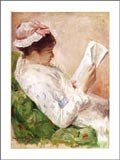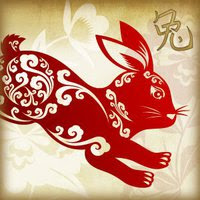 Emily Carr was a Canadian painter whose work was radically different from all other Canadian painters of her time. Not only did she choose Native subjects to paint - notably, totem poles - but she travelled alone through forests, Native villages, either on foot or via inland waterways, at a time when women's art was limited to delicate watercolours.
Emily Carr was a Canadian painter whose work was radically different from all other Canadian painters of her time. Not only did she choose Native subjects to paint - notably, totem poles - but she travelled alone through forests, Native villages, either on foot or via inland waterways, at a time when women's art was limited to delicate watercolours.After Ms.Carr studied in France, learning about the post-Impressionists and Fauvist artists, her art changed dramatically as she began to add bold use of colour to her previously-representational style. Initially, critics were hostile, not only to her subject matter, but also her technique. It took many years for her to be recognized for her talent and prescience in selecting subjects that were, already, being destroyed by man and by time.
The Forest Lover is fiction, not biography. As fiction, most of it works well, taking the reader through the ecstasy of creativity and the despair of having one's art and oneself marginalized. As I read, I was swept into the extreme discomfort of Carr's travels and the joy of discovering the ancient meanings of the totem poles and Native rituals. I was happy to discover that some of the characters, especially the Squamish basket maker, Sophie Frank, were real people whose friendship helped to sustain Ms. Carr. The only characters and events in the book that did not work well for me were the parts that were purely imaginary - for example, the love interest, who never existed.
Vreeland herself writes: "...in order to show, and not merely report, certain aspects of Emily's character and history, particularly her difficultly with intimacy, I found it necessary to invent a man. I wish she hadn't.
If you decide to read The Forest Lover (and I hope you do), be prepared to want to know more about the woman, to see more of her paintings, and to search out all of Vreeland's novels about art. This book is that good.


No comments:
Post a Comment